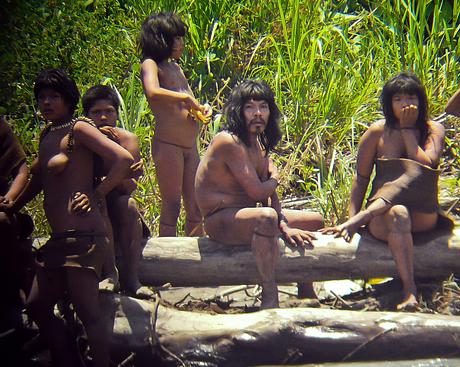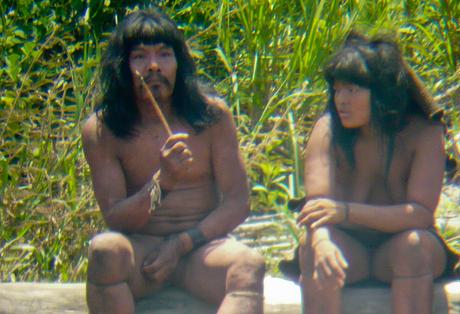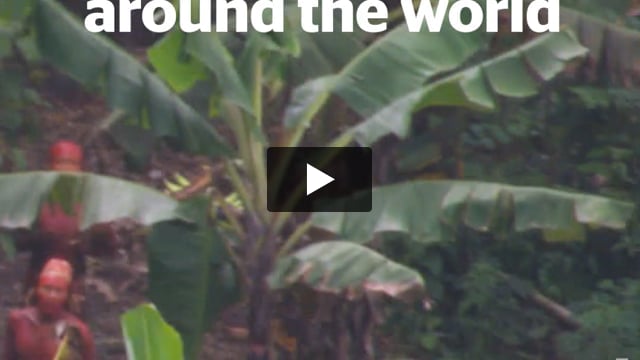Amazon road could cut uncontacted tribes’ land in half
May 4, 2012
 © Jean-Paul Van Belle
© Jean-Paul Van BelleThis page was last updated in 2012 and may contain language which is now outdated.
Peru’s Congress is about to approve a highly controversial road that will slash in half the territory of at least two uncontacted tribes.
Congressmen are considering a law that could declare the project a ‘public necessity’, and consequently bypass huge Indigenous opposition.
The proposed road will run across the southeast of Peru’s Amazon from Puerto Esperanza in the Purus region near Brazil, to Iñapari.
Three highly important protected areas lie in its path, including the Madre de Dios Reserve for uncontacted Indians.
The project notably omits reference to uncontacted tribes, as well as opposition from the region’s Indigenous peoples, who make up 80% of the population.
They fear the road will attract an onslaught of illegal loggers and colonists who would devastate their forest and the uncontacted Indians living there.
In an appeal to Congress, Indigenous organization ORAU said, ‘Do not get carried away by a small group of legislators who want to turn the Purus into a desert’.
Puerto Esperanza’s Catholic priest Miguel Piovesan is widely considered to be the main driver behind the project.
In a recent leaked email Piovesan insisted, ‘There is no danger of a logging invasion’.
However Peru’s comprehensive failure to curb illegal logging in the Amazon has been internationally condemned.
More than 114,000 people have signed a Survival petition to stop the invasion of illegal loggers on uncontacted tribes’ land.
Survival’s Director Stephen Corry said today, ‘It is highly suspicious as to why Piovesan and his friends in Congress wish to build a road in an Indigenous area that has almost no support from Indigenous people. This ‘we know what’s best for you’ attitude is not only patronising, it’s deadly, as the last 500 years of colonialism and “development” of Indigenous lands has shown.’




